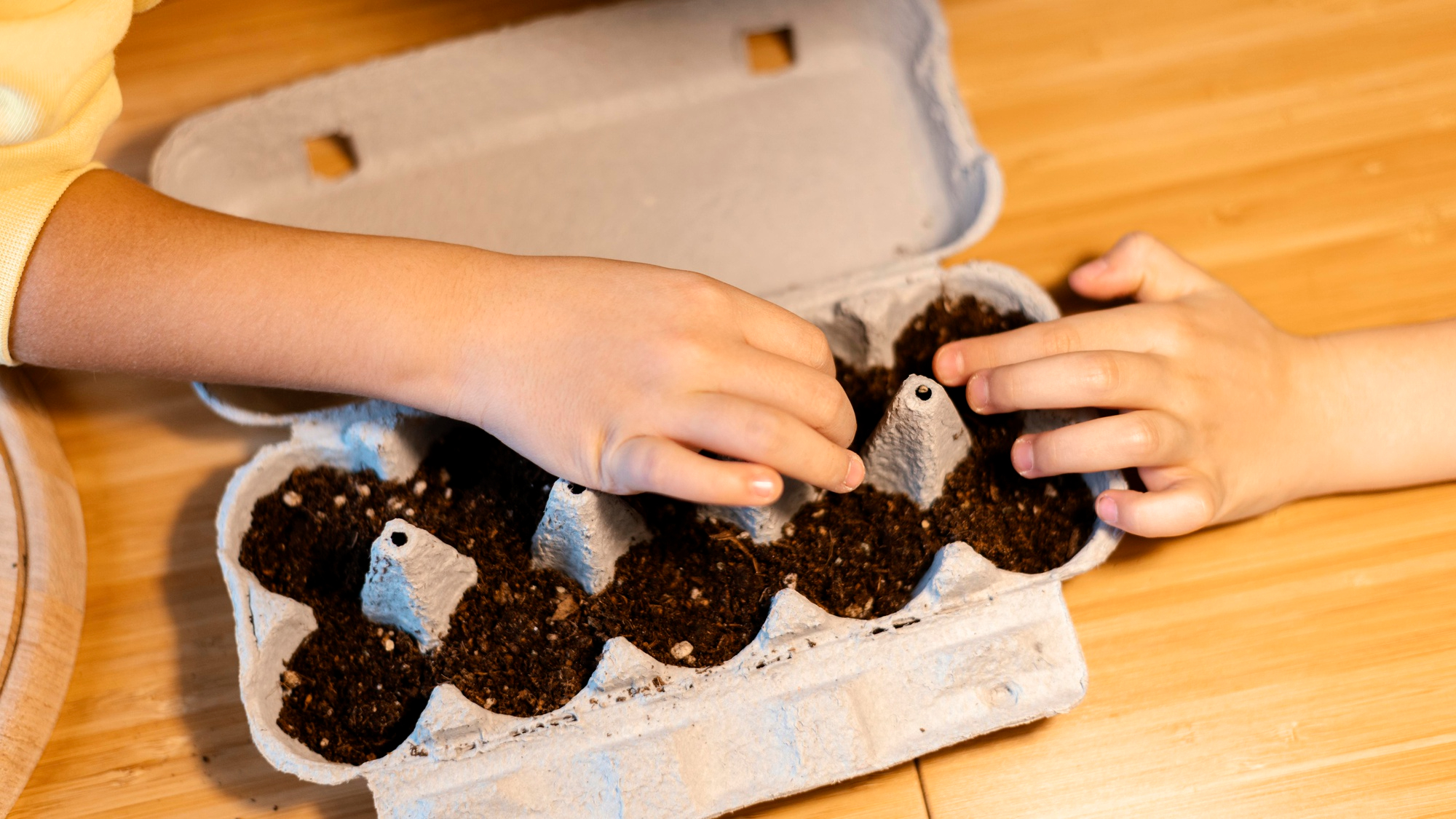Spring heralds the perfect opportunity to kickstart your garden. As temperatures rise and daylight lingers, the stage is set for seeds to burst forth and plants to flourish.
Gardening, a gratifying pursuit, not only yields fresh produce at your doorstep but also transforms a mere patch of earth into a flourishing oasis.
Delve into the essentials of spring gardening with these invaluable spring gardening tips to nurture your produce from seedling to harvest.
Choose the Right Location
One of the many important spring gardening tips is selecting the right location for your garden is crucial. Ensure your garden spot receives at least six hours of sunlight daily. Good drainage is also essential to prevent waterlogging, which can damage plant roots.
Prepare the Soil
Good soil is essential for a successful garden. Start by measuring the pH and nutrient content of your soil. To enhance the fertility and structure of the soil, amend it with compost or other organic matter. Consider adding a product like Revive, which can enhance soil health and provide essential nutrients to your plants.
Selecting Seeds
Choose high-quality seeds from reputable suppliers. Opt for varieties suited to your climate and growing conditions. Popular spring vegetables include lettuce, radishes, carrots, and tomatoes.
Sowing Seeds Indoors
Starting seeds indoors gives them a head start before transplanting them outside. Use seed trays or small pots filled with seed-starting mix. Plant the seeds at the recommended depth and keep the soil moist. Place the trays in a warm, sunny spot or use a grow light to provide adequate light.
Transplanting Seedlings
Once the seedlings have developed a few true leaves and the outdoor temperatures have warmed up, it's time to transplant them. Gradually acclimate the seedlings to outdoor conditions by placing them outside for a few hours each day, increasing the time over a week. Plant them in your garden bed, ensuring they are spaced according to the seed packet instructions.
Watering
Consistent watering is vital for plant health. Water your garden early in the morning to minimize evaporation. Deep, infrequent watering encourages strong root growth. Avoid overhead watering to reduce the risk of fungal diseases.
Mulching
Mulching helps retain soil moisture, suppress weeds, and regulate soil temperature. To prevent rot, cover your plants with a layer of organic mulch, such as wood chips or straw, making sure to keep the mulch a few inches away from the stems.
Fertilizing
Feed your plants with organic fertilizers to promote healthy growth. Compost, fish emulsion, and worm castings are excellent choices. Follow the recommended application rates and avoid over-fertilizing, which can harm your plants.
Pest and Disease Control
Monitoring your garden regularly for signs of pests and diseases is another of many gardening basics. Use natural pest control methods, such as introducing beneficial insects or using neem oil. Remove any diseased plants promptly to prevent the spread of infections.
Knowing When to Harvest
Harvesting at the right time ensures the best flavor and quality. Leafy greens can be picked as needed, while root vegetables should be harvested when they reach their mature size. Tomatoes and peppers are best harvested when fully ripe and colored.
Spring Gardening Tips for a Bountiful Harvest
Gardening is a journey that begins with a single seed and ends with a bountiful harvest. Remember, the key to successful and great gardening is patience, care, and a little bit of knowledge. Embrace the joys of gardening and watch your efforts come to life.
Keep taking notes and turning the pages on our blog though to learn more about spring gardening tips!
